Rising Healthcare Expenditure
The increasing healthcare expenditure in Germany is a pivotal driver for the urinary catheters market. With the government and private sectors investing more in healthcare infrastructure and services, there is a greater focus on improving patient outcomes. In 2025, healthcare spending in Germany is expected to reach approximately €500 billion, reflecting a commitment to enhancing medical services, including urology. This financial investment facilitates the adoption of advanced urinary catheter technologies and promotes awareness among healthcare providers regarding best practices in catheter management. Consequently, the urinary catheters market is likely to benefit from this upward trend in healthcare spending, as more resources become available for innovative solutions.
Advancements in Catheter Technology
Technological innovations in catheter design and materials are transforming the urinary catheters market. Recent developments include the introduction of antimicrobial coatings and hydrophilic catheters, which aim to reduce the risk of infections and enhance patient comfort. These advancements are particularly relevant in Germany, where healthcare providers prioritize patient safety and quality of care. The market for urinary catheters is projected to grow at a CAGR of approximately 6% over the next five years, driven by these technological improvements. As manufacturers continue to invest in research and development, the availability of advanced catheter options is likely to increase, catering to the diverse needs of patients and healthcare professionals.
Focus on Infection Control Practices
The emphasis on infection control practices within healthcare settings is increasingly shaping the urinary catheters market. In Germany, healthcare facilities are implementing stringent protocols to minimize the risk of catheter-associated urinary tract infections (CAUTIs). This focus on infection prevention is driving demand for high-quality, safe catheter products. As hospitals and clinics adopt evidence-based guidelines for catheter use, the market is witnessing a shift towards products that offer enhanced safety features, such as closed drainage systems and easy-to-use designs. The growing awareness of infection control is likely to propel the urinary catheters market, as healthcare providers seek to improve patient outcomes and reduce healthcare costs associated with infections.
Aging Population and Healthcare Demand
Germany's demographic shift towards an aging population is a significant factor influencing the urinary catheters market. With a growing number of elderly individuals, the demand for healthcare services, including catheterization, is on the rise. The elderly are more susceptible to urinary tract infections and other related conditions, which often require catheter use. Current projections indicate that by 2030, nearly 25% of the German population will be over 65 years old, further intensifying the need for urinary catheters. This demographic trend suggests a sustained growth trajectory for the market, as healthcare systems adapt to meet the needs of an aging society, thereby driving innovation and investment in catheter technologies.
Increasing Incidence of Urinary Disorders
The rising prevalence of urinary disorders in Germany is a crucial driver for the urinary catheters market. Conditions such as urinary incontinence, benign prostatic hyperplasia, and neurological disorders contribute to a growing patient population requiring catheterization. According to recent health statistics, approximately 10% of the adult population in Germany experiences some form of urinary incontinence, which necessitates the use of urinary catheters. This increasing incidence is likely to propel demand for various catheter types, including intermittent and indwelling catheters. As healthcare providers seek effective solutions for managing these conditions, the urinary catheters market is expected to expand significantly, reflecting the urgent need for innovative products that enhance patient comfort and reduce complications.


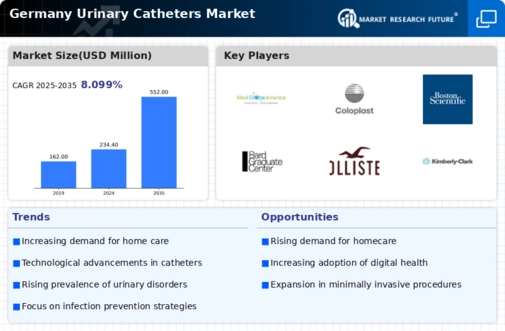
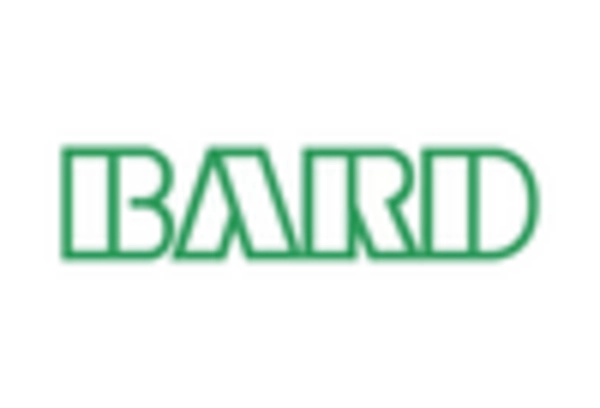

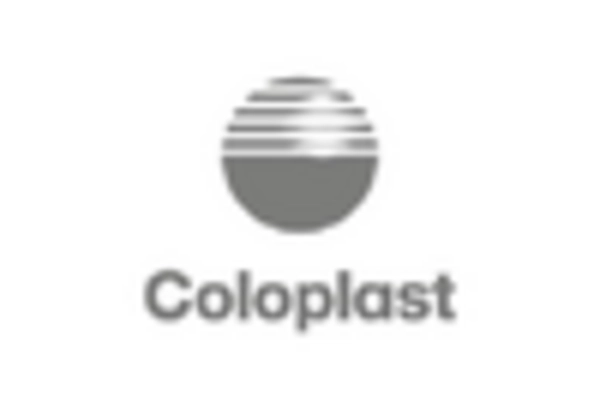
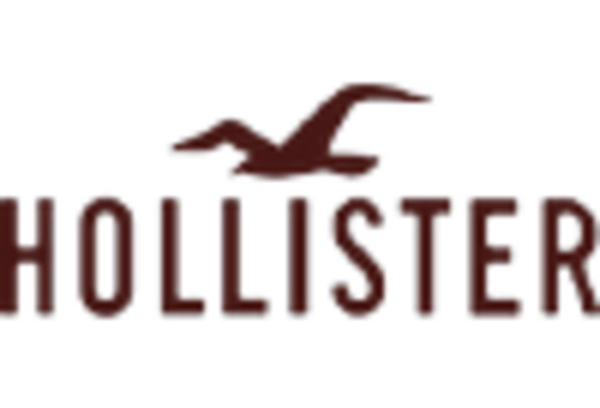
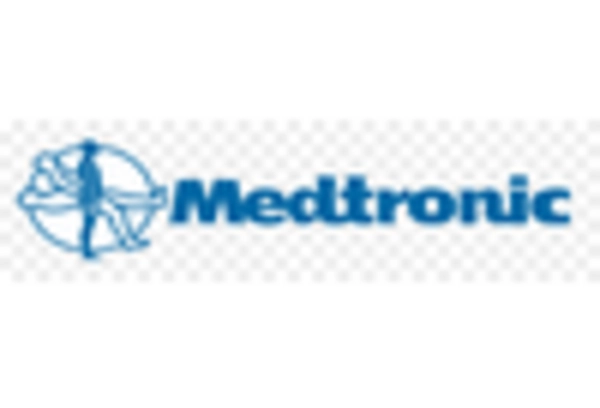
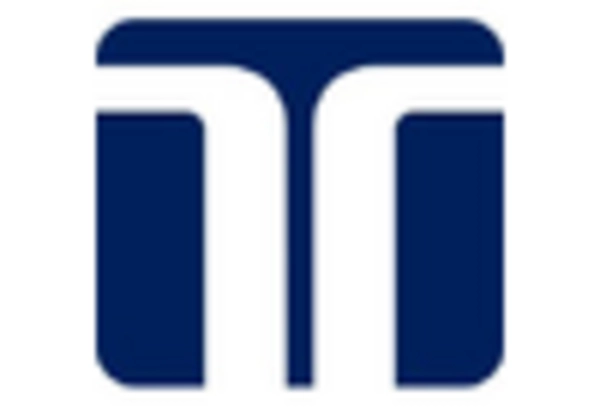








Leave a Comment